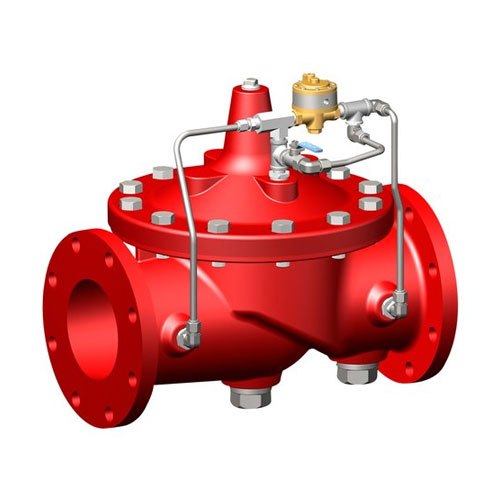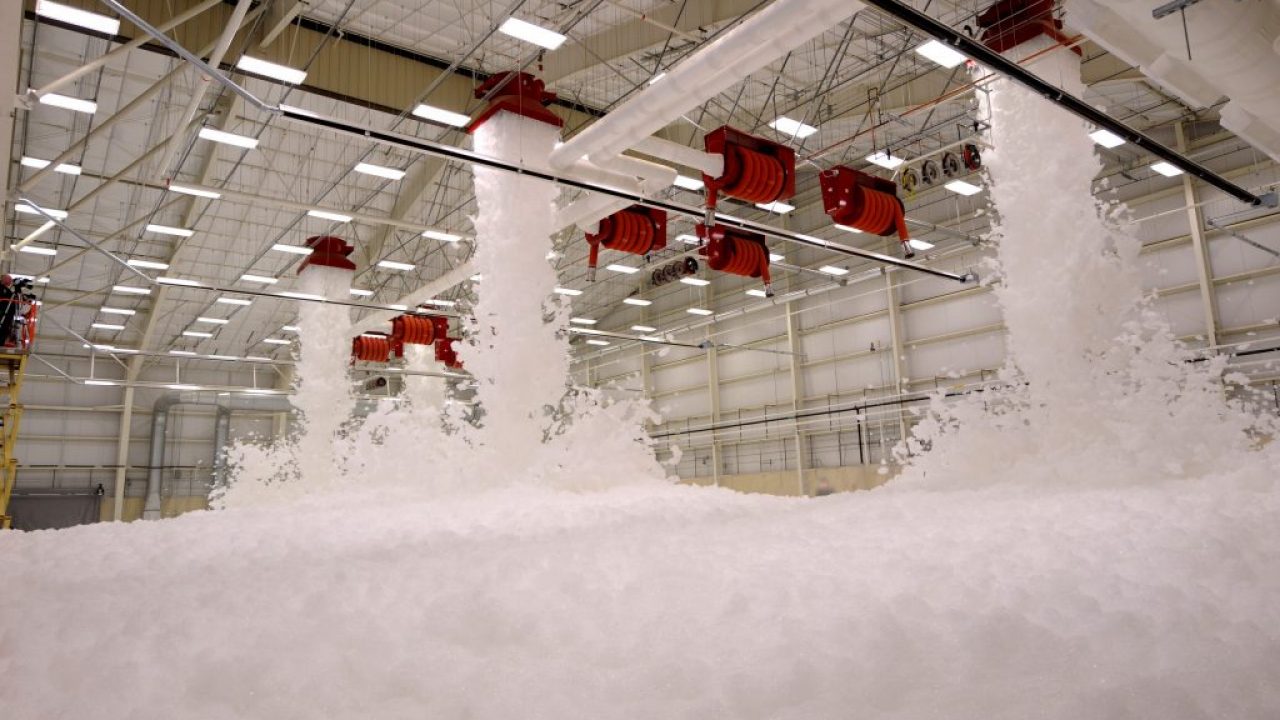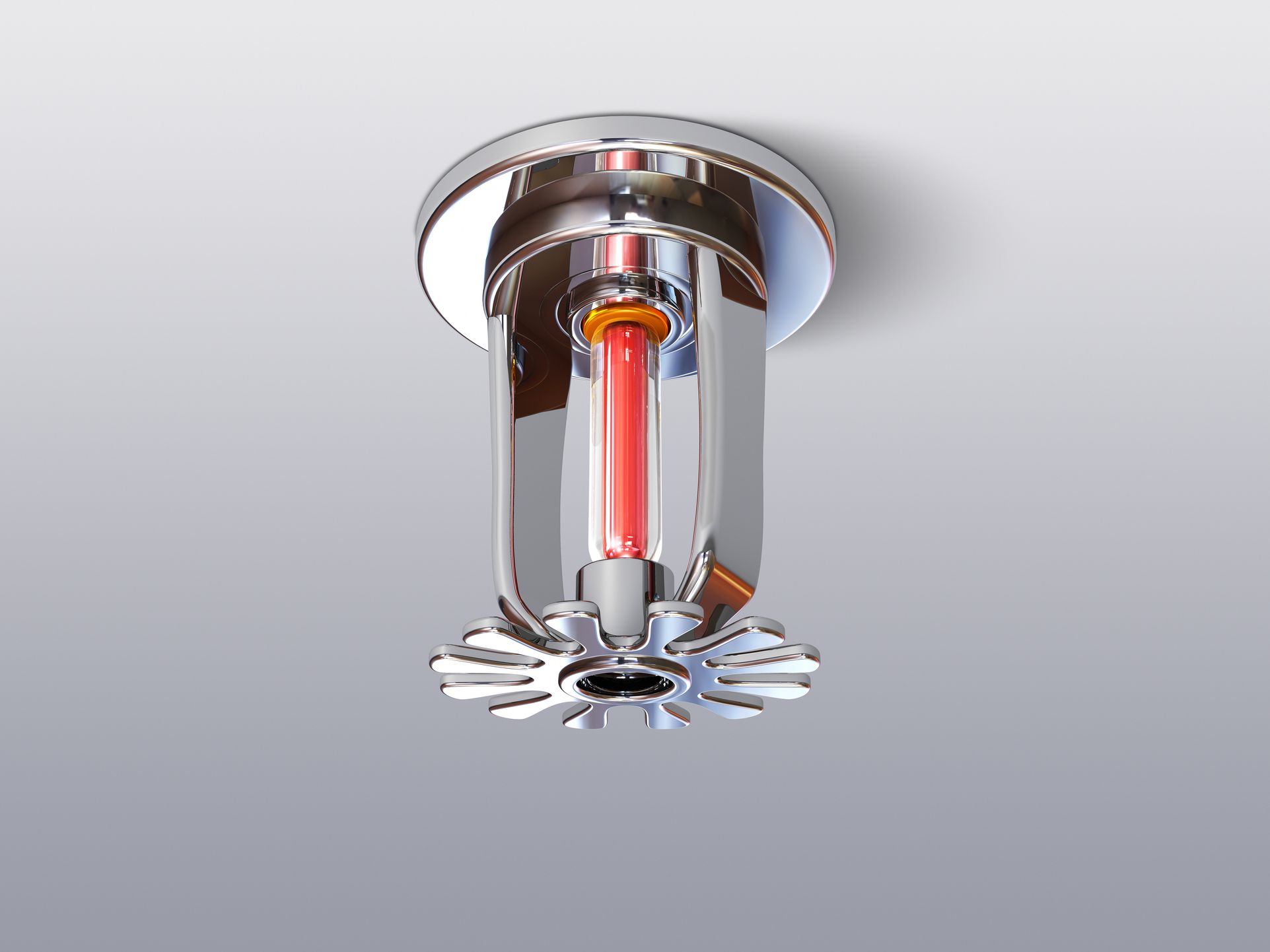The essential function of a valve is to start, throttle and stop a fluid flow. Throttling, as shown in Below Figure, means regulating or controlling the rate of fluid flow.
Different Valve Types

1. Globe valves
Globe valves are the most widely used in industry for flow control in both on/off and throttling service. They typically have rounded bodies from which their name is derived.
They are linear motion valves with a tapered plug or disk attached to the stem that closes onto a seating surface to act as flow control element, as shown in Below Figure.
The liquid must make two 90° turns when passing through the valve and because of that, the pressure drop in the globe valve is significant, even when fully open. The high pressure drop is the main disadvantage of the globe valve.
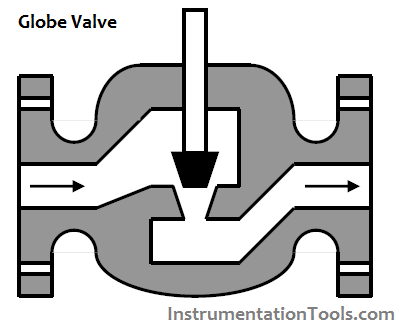
2. Gate valves
Gate valves (also known as knife valves or slide valves) are the most common valve used for on/off service but could be used for throttling. They are linear motion valves and a flat disk or wedge slides into the flow stream to act as flow control element, as shown in Below Figure.
The direction of fluid flow is not changed by the valve. When fully open, the wedge completely clears the flow path creating minimum pressure drop.
Gate valves are advantageous in applications involving slurries, as their ‘gates’ can cut right through the slurry. They are also used in applications that involve viscous liquids such as heavy oils, light grease, varnish, molasses, honey and cream.
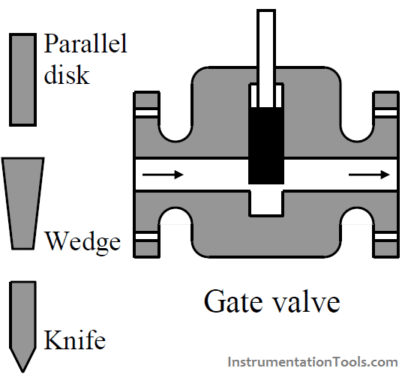
3. Needle valves
A needle valve, shown in Below Figure, is used to make relatively fine adjustments to the fluid flow and can be used for on/off and throttling service.
They are linear motion valves with a tapered ‘needle like’ cone shaped plug that acts as the flow control element. The fluid enters from below into the seat which forms part of the flow path.
The needle plug permits the flow opening in this channel to be increased or decreased very gradually. Needle valves are widely used for steam, air, gas, water or other non-viscous liquids.
Disadvantages of the needle valve are a large pressure loss and possible clogging of the flow orifice.

4. Pinch valves
The relatively inexpensive pinch valve, illustrated In Below Figure, is the simplest of all the valve designs and may be used for on/off and throttling service.
Pinch valves are linear motion valves that use a flexible tube or sleeve to effect valve closure.
Pinch valves are ideally suited for the handling of slurries, liquids with large amounts of suspended solids and corrosive chemicals.

5. Diaphragm valves
A diaphragm valve, illustrated in Below Figure, is related to pinch valves and one of the oldest types of valve known. Leather diaphragm valves were used by Greeks and Romans to control the temperature of their hot baths.
Diaphragm valves use linear stem movement for on/off and throttling and are excellent for controlling fluid flow containing suspended solids.
A stud moves a flexible and resilient diaphragm into the flow thereby acting as flow control element. The diaphragm valve is used primarily for handling viscous and corrosive fluids as well as slurries.
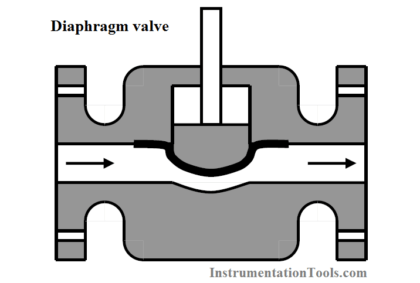
6. Plug valves
Plug valves, illustrated in Below Figure, are also called plug cock or stop cock valves and they also date back to ancient times, when used by Romans in plumbing systems.
Today they remain one of the most widely used valves for both on/off and throttling services. A plug valve is a rotary moving valve that uses a cylindrical or tapered plug as the flow control element.
The opening through the plug may be rectangular or round. Flow is regulated from closed to open during a 90° turn. If the opening is the same size or larger than the pipe’s inside diameter, it is referred to as a full port otherwise as standard round port.
Full port plug valves offer little resistance to flow when fully open, resulting in small pressure loss. A disadvantage off plug valves is its poor throttling characteristics.

7. Ball valves
Ball valves, illustrated in Below Figure, are related to plug valves and are used in situations where tight shut-off is required. Ball valves are rotational motion valves and are used for on/off and throttling service. The flow control element is a sphere with a round opening rotating in a spherical seat.
Flow is regulated from closed to open during a 90° turn. Full port ball valves create a minimum pressure loss when fully open. A disadvantage of the ball valve is its poor throttling characteristics.

8. Butterfly valves
A butterfly valve, illustrated in Below Figure, is a rotary movement valve used for on/off flow control and especially in throttling applications. The flow control element in butterfly valves is a circular disk with its pivot axis at right angles to the direction of flow.
A 90° turn of the axis moves the valve from closed to open. Butterfly valves are well suited to handle large flows of liquids or gasses as well as slurries and liquids with large amounts of suspended solids.
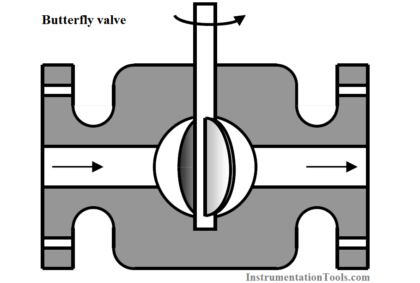
Source: https://instrumentationtools.com/short-notes-different-valve-types/




